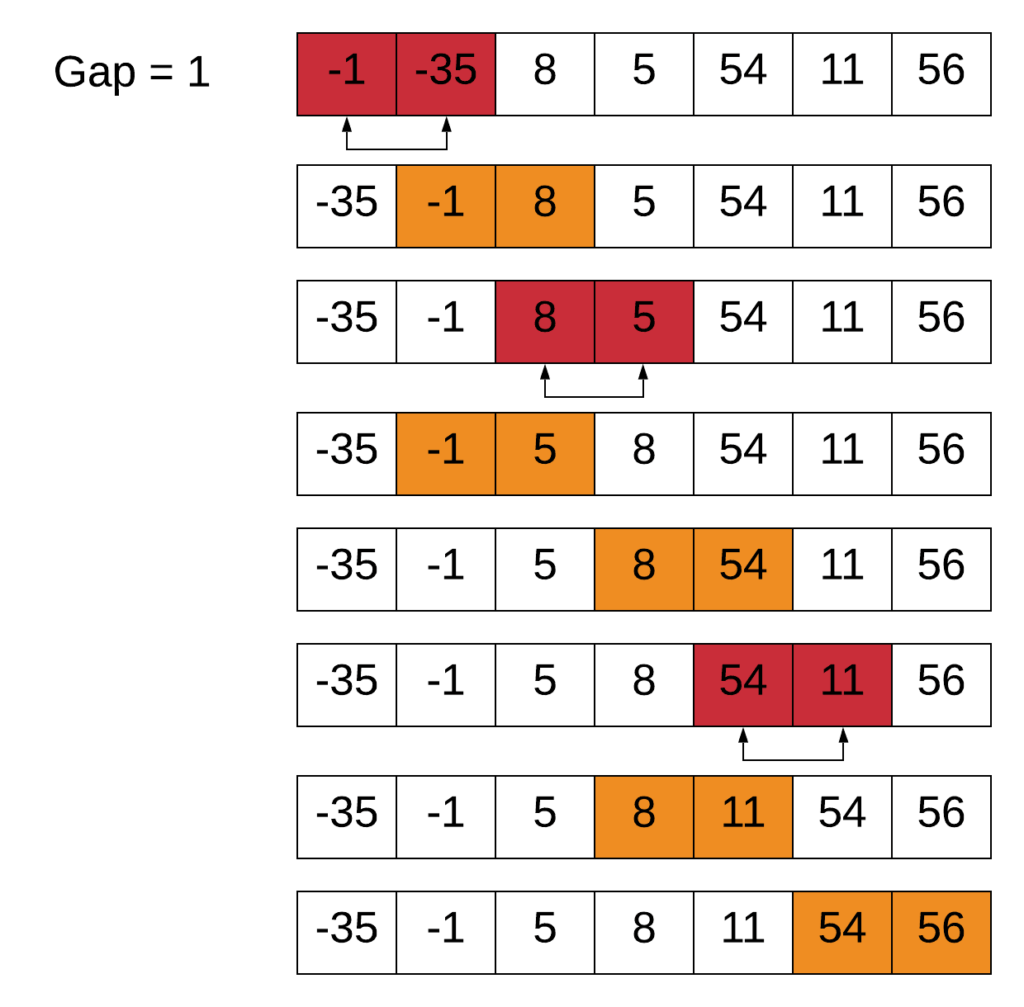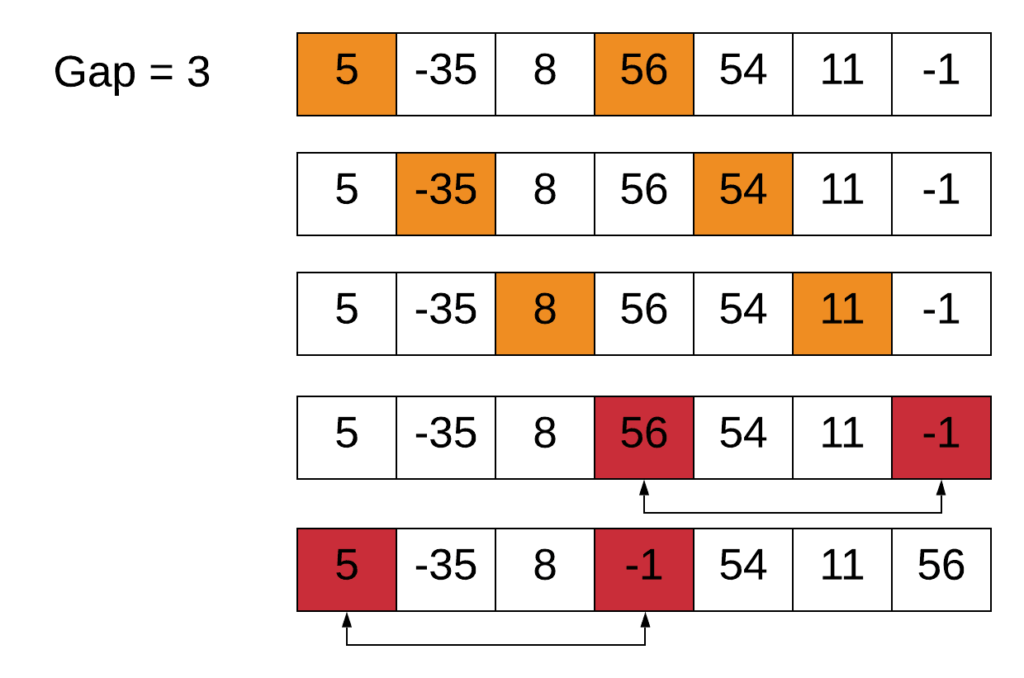Shell Sort Complexity: A Deep Dive into the Efficiency of Shell Sorting Algorithms
When it comes to sorting algorithms, efficiency is a key factor to consider. One popular sorting algorithm that is known for its efficiency is the Shell Sort. The Shell Sort Complexity refers to the analysis of the time and space complexity of the Shell Sort algorithm. Understanding the complexity of Shell Sort can help developers make informed decisions about when to use this algorithm and how it compares to other sorting algorithms.
Shell Sort is a variation of the Insertion Sort algorithm that improves upon its time complexity by allowing the exchange of elements that are far apart. This makes it a more efficient sorting algorithm for larger datasets. The Shell Sort Complexity analysis involves studying how the time and space requirements of the algorithm change as the size of the input data increases. By understanding the complexity of Shell Sort, developers can optimize their code for better performance.
What factors contribute to the complexity of Shell Sort?
1. Initial Gap Sequence:
The initial gap sequence used in Shell Sort plays a crucial role in determining the algorithm's complexity. Different gap sequences can lead to varying levels of efficiency in sorting large datasets. How does the choice of initial gap sequence impact the Shell Sort Complexity?
2. Data Distribution:
The distribution of data in the input array can also affect the efficiency of Shell Sort. How does the distribution of data, such as already partially sorted or reverse sorted arrays, influence the Shell Sort Complexity?
Is Shell Sort complexity affected by the size of the input data?
1. Time Complexity:
As the size of the input data increases, how does the time complexity of Shell Sort change? Does the algorithm maintain its efficiency for large datasets, or does the complexity increase exponentially?
2. Space Complexity:
Similarly, how does the space complexity of Shell Sort scale with the size of the input data? Does the algorithm require more memory resources as the dataset grows, impacting the overall Shell Sort Complexity?
What are the best-case and worst-case scenarios for Shell Sort complexity?
1. Best-case Scenario:
In which scenarios does Shell Sort exhibit optimal performance with the lowest time and space complexity? How can developers leverage the algorithm's strengths for efficient sorting?
2. Worst-case Scenario:
Conversely, when does Shell Sort face challenges in terms of complexity, resulting in slower sorting times and higher memory usage? Understanding the worst-case scenario is essential for mitigating performance issues.
Understanding The Importance Of F Value In One-Way ANOVA
Understanding The Differences Between AB Negative And O Positive Blood Types
Exploring The Mystery Of What Hnicole Brown

Shell Sort Algorithm in C, C++, Java with Examples FACE Prep

Shell Sort Pencil Programmer

Shell Sort Pencil Programmer